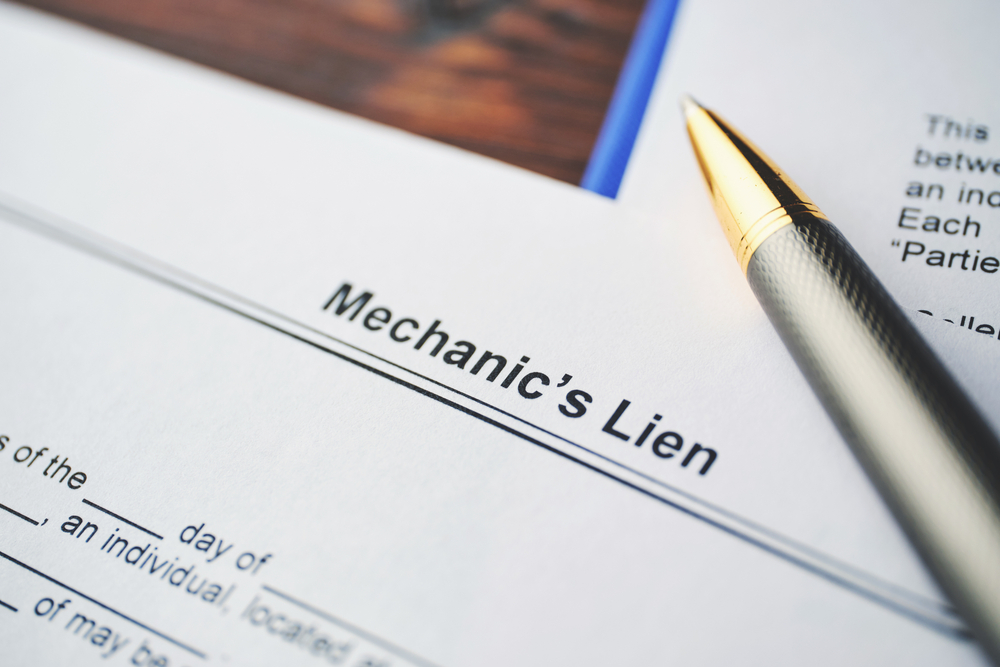

We know how hard you work as a subcontractor; the long hours that come with the construction industry can sometimes lead to fatigue for you or your employees. It is vital to your business to build worker safety into your contracts as well as your business’s best practices. This is especially crucial when an employee or worker is unfamiliar with a worksite, new to the construction industry, or is new to the specialty of your craft. Let’s talk about building worker safety into your practices.
If possible, you should require your workers to participate in any safety program organized by the owner, original contractor, or any other qualified representative on the project site. If the owner or original contractor isn’t providing a safety program, it may be worth the investment to create a safety program just for your employees or pay for them to attend a third party’s safety program. You may also want to consider having a pre-job safety planning session with the prime or general contractor so that hazards specific to your trade are addressed. Even if you believe your trade does not have any hazardous aspects, someone operating around you may have specific hazards you need to be aware of.
Subcontractors should actively participate and adhere to the safety program advanced by the prime and general contractors; this is typically stated in the contract or presented during a pre-job planning session. We also advise that subcontractors establish and implement their own safety programs. This safety program should cover general safe work methods and specific craft hazards that do not require assistance, cooperation, or coordination with others at the job site.
It’s critical to utilize the communication procedures established by the prime and general contractors to discuss safety issues as they arise. You may also want to discuss how often a safety and health program should be evaluated. It is also important to coordinate your craft activities in advance with the prime and general contractor and other subcontractors for the safety of all workers and other individuals at the job site.
Remember, the best way to alleviate injuries or accidents is by being proactive about safety at the start of a job. Keeping the worksite safe and having a track record of excellent safety can lead to additional business. Owners and general contractors continuously want to work with subcontractors who they can trust to keep the worksite safe and free from incidents.
In our next blog, you will learn about safety statutes outside of your contracts, which may affect your work and liability. This blog is part of our 2020 Mastering the Subcontract series. Come back each week as we deep dive and pull apart everything you need to know about a subcontract.
Karalynn Cromeens is the Owner and Managing Partner of The Cromeens Law Firm, PLLC, with over 17 years of experience in construction, real estate, and business law. A published author and passionate advocate for contractors, she has dedicated her career to protecting the businesses her clients have built. Karalynn is on a mission to educate subcontractors on their legal rights, which inspired her books Quit Getting Screwed and Quit Getting Stiffed, as well as her podcast and The Subcontractor Institute.

